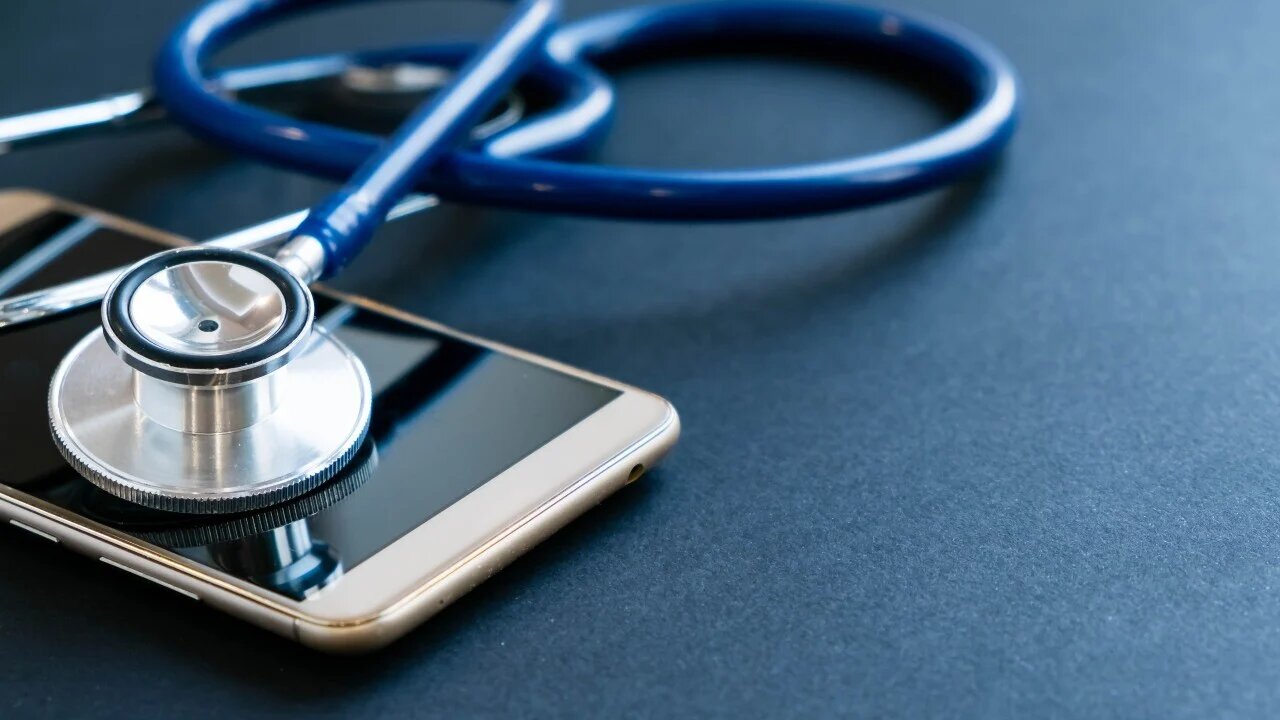Using Diagnostic Reports in School Tech Labs
In today’s technology-driven education system, devices like tablets, smartphones, and laptops have become indispensable tools for both students and teachers. With the widespread use of these devices in school settings, the need for regular maintenance and troubleshooting has grown significantly. This is where phone diagnostic software and solutions like Phone Clinix play a vital role. By generating clear and actionable diagnostic reports, schools can ensure that their tech labs operate efficiently, minimize downtime, and maximize learning opportunities for students.
The Importance of Device Maintenance in Schools
School tech labs often house a wide variety of devices used daily by dozens or even hundreds of students. From classroom presentations to hands-on coding projects, these devices are central to modern learning experiences. However, without proper maintenance, these tools can slow down, develop faults, or even stop working entirely. This can hinder productivity and affect the quality of education.
Using phone diagnostic software in school settings allows for regular checks on battery health, storage capacity, connectivity issues, and hardware performance. These tools help detect issues early, often before they become major problems. This proactive approach ensures that devices remain functional throughout the academic year.
What Are Diagnostic Reports?
A diagnostic report is a summary generated by tools like Phone Clinix that provides detailed information about a device’s hardware and software status. These reports often include:
-
Battery health and charging cycles
-
Storage usage and availability
-
CPU and memory performance
-
Network connectivity statistics
-
System errors or crashes
By analyzing these reports, school IT staff can make informed decisions about repairs, replacements, or updates.
How Phone Clinix Benefits School Tech Labs
Phone Clinix is designed to offer precise and user-friendly diagnostics for a variety of devices. For school environments, this software provides several advantages:
-
Time Efficiency: Technicians can quickly identify the root cause of issues without manual trial-and-error methods.
-
Data-Driven Decisions: Reports generated by Phone Clinix offer factual, detailed data, making it easier to prioritize repairs and upgrades.
-
Student Involvement: Tech-savvy students can be trained to run diagnostics, encouraging practical learning and responsibility.
Integrating Phone Diagnostic Software into School Processes
To get the most out of phone diagnostic software, schools can integrate it into their regular maintenance schedules. This could mean:
-
Monthly or quarterly diagnostic checks on all devices.
-
Generating reports before and after major software updates.
-
Running diagnostics when devices are issued to students at the start of the school year and when they are returned.
By incorporating these steps, schools can maintain an organized record of device health over time.
Educational Benefits of Using Diagnostic Reports
Beyond technical maintenance, diagnostic reports can also be used as educational tools. In IT and computer science classes, students can learn how phone diagnostic software works, interpret its results, and understand how hardware and software interact. These skills are increasingly valuable in today’s job market.
For example, a class project could involve running Phone Clinix diagnostics on a set of devices, analyzing the reports, and recommending solutions for any detected issues. This hands-on approach encourages problem-solving, critical thinking, and familiarity with tech tools used in professional environments.
Reducing Costs and Extending Device Lifespan
By catching problems early through routine diagnostics, schools can save money on costly repairs and replacements. For instance, a diagnostic report might reveal that a device’s battery is degrading faster than expected. Instead of waiting for the battery to fail, the school can replace it during a scheduled maintenance period, avoiding sudden downtime.
This approach not only reduces costs but also extends the overall lifespan of school devices, making technology investments last longer.
Encouraging Student Responsibility for Devices
When students understand how devices are maintained and what factors affect their performance, they are more likely to take care of them. By introducing phone diagnostic software like Phone Clinix into the curriculum, students can learn to run basic diagnostics on their own devices.
This teaches them the importance of preventive maintenance and helps reduce accidental damage caused by neglect or misuse.
Challenges and Considerations
While integrating diagnostic reports into school tech labs offers numerous benefits, there are some challenges to consider:
-
Training Requirements: Staff and students may need initial training to use Phone Clinix effectively.
-
Time Management: Running diagnostics on large numbers of devices can be time-consuming without a streamlined process.
-
Data Privacy: Schools must ensure that diagnostic data is handled securely and in compliance with privacy regulations.
Future of Diagnostics in Education
As technology continues to evolve, phone diagnostic software will likely become even more advanced, offering predictive analytics and AI-driven maintenance recommendations. For schools, this means the possibility of anticipating problems before they occur, further reducing downtime and repair costs.
Phone Clinix and similar tools could also integrate with school inventory management systems, allowing for seamless tracking of device health across entire campuses.
Conclusion
Using diagnostic reports in school tech labs is a powerful way to keep devices in top condition, reduce repair costs, and enhance educational outcomes. By leveraging tools like Phone Clinix and other phone diagnostic software, schools can ensure that their technology remains reliable and efficient. More importantly, these reports can double as teaching tools, helping students understand technology at a deeper level.
Incorporating diagnostics into everyday school operations not only protects device investments but also prepares students for a tech-driven future. With proactive maintenance and the right tools, schools can create a learning environment where technology works seamlessly to support education.













